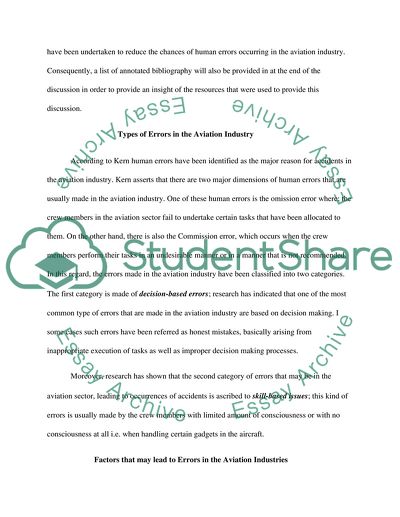Cite this document
(Human Factors and Errors in Aviation Research Paper, n.d.)
Human Factors and Errors in Aviation Research Paper. Retrieved from https://studentshare.org/technology/1819857-human-factors-and-errors-in-aviation
Human Factors and Errors in Aviation Research Paper. Retrieved from https://studentshare.org/technology/1819857-human-factors-and-errors-in-aviation
(Human Factors and Errors in Aviation Research Paper)
Human Factors and Errors in Aviation Research Paper. https://studentshare.org/technology/1819857-human-factors-and-errors-in-aviation.
Human Factors and Errors in Aviation Research Paper. https://studentshare.org/technology/1819857-human-factors-and-errors-in-aviation.
“Human Factors and Errors in Aviation Research Paper”, n.d. https://studentshare.org/technology/1819857-human-factors-and-errors-in-aviation.


